Backstage and Beyond
Broadcasting your brand to your community and bringing them behind the scenes
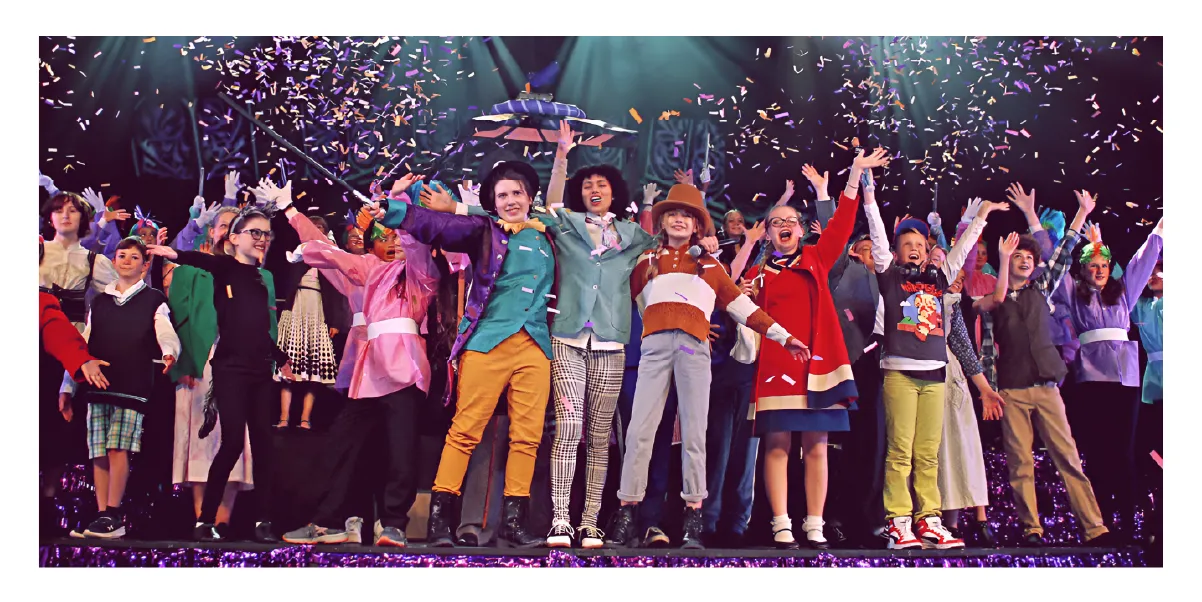
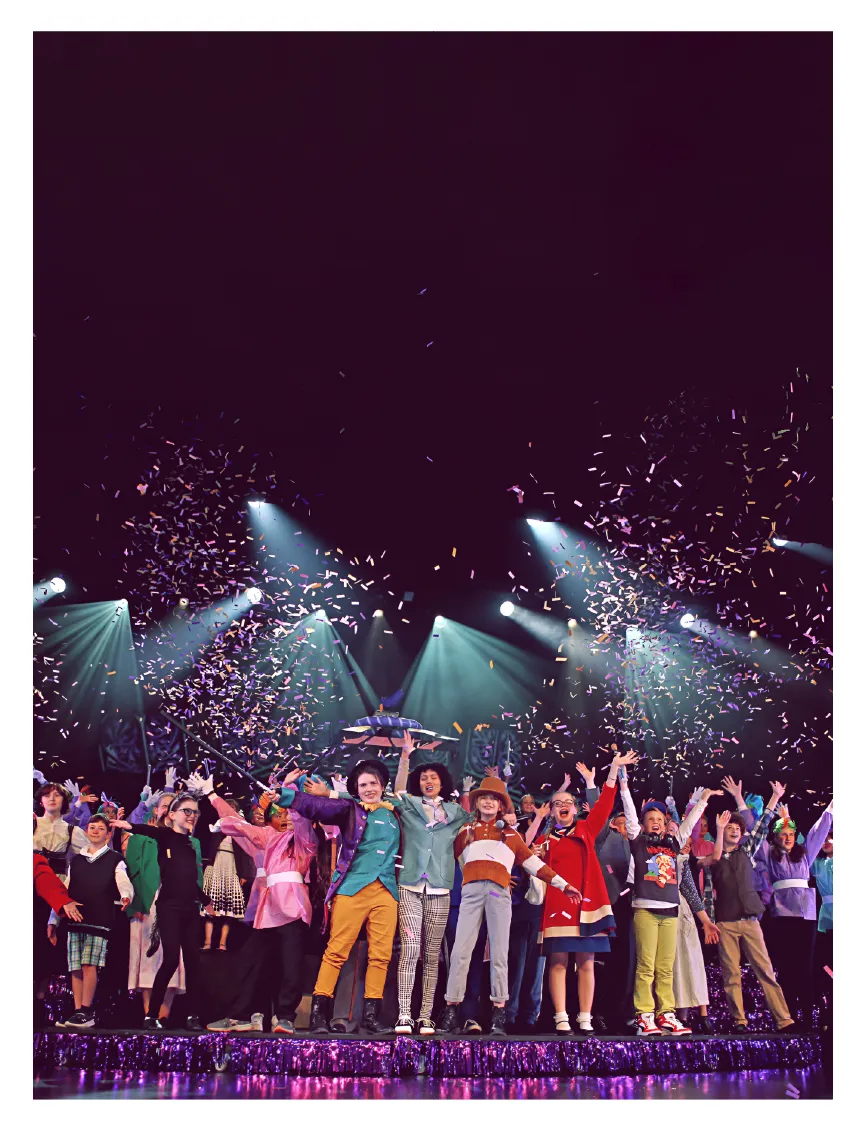
BACKSTAGE
AND BEYOND
Broadcasting your brand to your community
and bringing them behind the scenes
You’ve heard the saying: Relationships go both ways. That may sound a bit cliché, but there’s truth to it—especially for school districts. In order to build positive relationships with your community, you must consider both how to get your district out into the community and how to bring your community into your schools.
More than likely, your district is already doing this. After all, if you’re one of the growing number of school districts across the country with a professional communicator on staff, then you’re probably already working to create seamless, two-way relationships with your families and community members online. But while newsletters and a regularly updated website are important parts of building those relationships, the touch points that take place offline matter just as much.
Here, we’ll be focusing on how districts can leverage effective in-person experiences—both inside and outside your school buildings—to generate brand awareness, brand loyalty and word of mouth. We know what you’re thinking: “In-person experiences’’ is just marketing lingo for “events”—elaborate, expensive ones. And sometimes that’s true, but it doesn’t have to be. It’s entirely possible to cultivate powerful, positive experiences that are both manageable and easily repeatable.
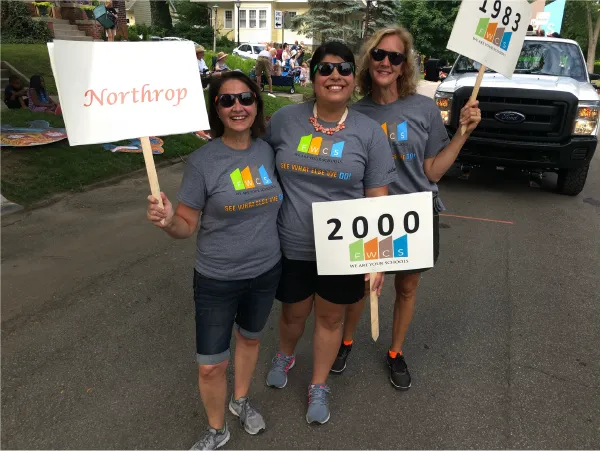
So whether you’re hoping to get your district’s brand out into your community or to bring the community into your schools, this article is for you. We’ll take a look at the sustainable strategies districts have cultivated for elevating in-person moments into memories, both within and beyond their school walls.
Getting Out Into the Community
When we talk about getting out into the community, you might immediately think of the school-sponsored events your district hosts. Maybe you lead an annual community resource drive or offer students field trips to businesses in your area. However, if you only focus on hosting your own events, you’ll quickly find yourself stretched thin and burned out. Here are a few ideas for getting out into the community—without necessarily putting on your own huge shindig.
Leverage existing community events.
With 52 schools, Fort Wayne Community Schools (FWCS) is the largest district in Indiana. Needless to say, engaging all of the district’s stakeholders at several independent events per year would require a staggering amount of resources. That’s why Krista Stockman, APR, director of communication and marketing at FWCS, has found ways to piggyback off existing community events.
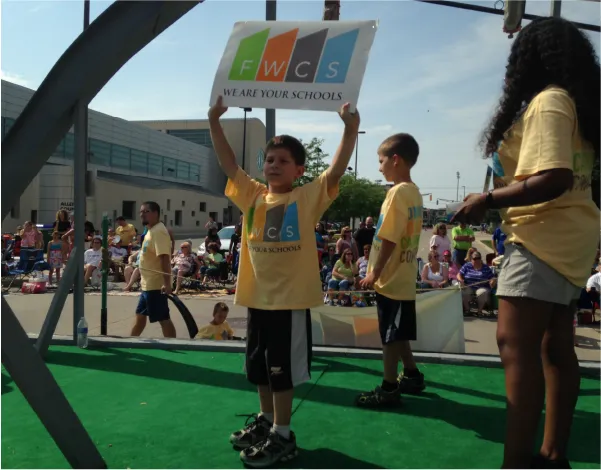
“Small towns often have some sort of big festival—maybe it’s their summer event or Fourth of July parade,” Stockman says. “If you aren’t already going to those events, that’s the first thing you’ll want to do.” The big event for FWCS is the Three Rivers Festival. Held every July, the community celebration includes a parade attended by tens of thousands of people—and watched on television by even more. “We hadn’t been involved in the parade for years,” Stockman says, “until we said, ‘Hey, you need banner carriers for your parade, and we have students. If you just let them wear their FWCS shirts, we’ll let them carry your banners.’”
The event’s organizers loved the idea. In fact, in exchange for the students’ time, they gave FCWS a free spot in the parade. “So we didn’t even have to pay the cost to have a float,” Stockman says. “Now, we have a float every year, and it’s become a chance for us to be at a major community event.”
As valuable as it is for FCWS to be involved in such important community celebrations, they also recognize that it’s impossible to be present at every single one. “In the summer, there’s a festival almost every weekend,” Stockman tells us. “So we started looking at which events make sense for us to attend and which ones don’t.” For example, the district has decided to forego the local wine festival—but they do sponsor PBS Kids Explorer Day, an event designed specifically for families with young children. “We just need to have some people there,” says Stockman. “Maybe we don’t have expensive giveaways—maybe we just have balls and sunglasses, things that kids like. But some light brand awareness can make a big difference.”
“Our tagline is, ‘We are your schools,’” Stockman continues. “This is all just part of how we can be out there, showing our community that we’re here. It’s how we say, ‘We want you to be a part of our district.’”
Make lasting community investments.
In Gilman, Wisconsin, the local school district is beginning to think differently about how they can support their community. They’re working with local organizations to create high-quality spaces where people can conduct business and spend time. By investing in physical places that serve the whole community, Gilman School District has given people a lasting opportunity to build positive associations with the district.
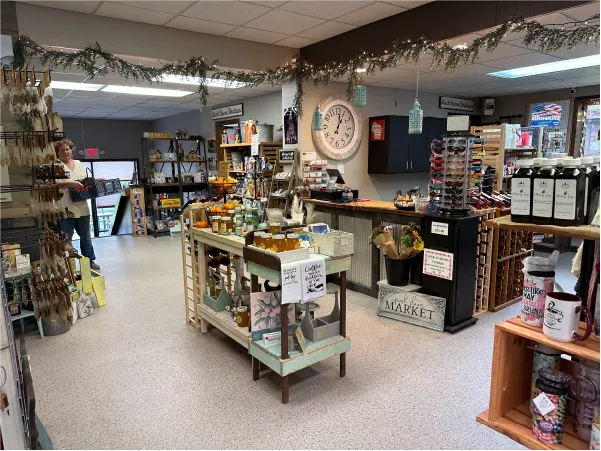
One of five communities chosen to pilot the Community Economic Analysis for Rural Wisconsin Communities program (CEA-RWC), the Gilman School District has broken the traditional mold for school strategic planning. Supported by a grant from the Wisconsin Economic Development Corporation, the district and the broader community worked together to develop a plan that would benefit them both.
“I would try to recruit staff, and they’d take one drive downtown and see a closed grocery store and say, ‘I don’t know if I want to work here. This place might be too desolate for me,’” says Superintendent Dr. Wally Leipart. “But I have a deep passion for rural schools and communities. Just because you’re from a small, rural town doesn’t mean you can’t have the same opportunities that a large district offers. You just have to be creative, and you have to work with others to make it happen.”
Together, community and district leaders identified the following priorities: establishing a vibrant main street; promoting volunteerism and community engagement; and embracing the quality of life found in a rural community. Then, they worked together to turn those priorities into realities. For example, it was up to the Gilman Development Foundation to determine the feasibility of developing a business incubator in an underutilized building downtown. Now, thanks to the foundation and their partnership with the district, that space houses 54 vendors.
“It doesn’t look like an abandoned bank anymore,” Leipart tells us. “You can buy everything from crafts to processed meats and cheeses to wine. We’re actually looking at buying a second building because we have so many vendors on our waiting list.” And every time a community member enjoys an afternoon of shopping in the revitalized building, they’re reminded that this new community asset was made possible in part by the vision of the Gilman School District. They’re reminded that their schools care about and are invested in the community.
We recognize not every school district will have the opportunity to participate in something like CEA-RWC. That’s okay. The idea is to identify where your community has a need and brainstorm how the school district may be uniquely positioned to fill that need. What would it look like to support your city council in a park revitalization project? After all, who’s more knowledgeable about high-quality playground equipment than your school district?
If your school district has a hand in creating positive experiences throughout the community, then people will be all the more likely to develop positive associations and relationships with the district. As Leipart says, “A vibrant school needs a vibrant community, and a vibrant community needs a vibrant school.”
Bringing the Community into Your Schools
For people who spend time in your school buildings everyday—like school leaders, employees, and students—it’s not hard to see what makes them special. But for other stakeholders, it might not be so obvious. The more you can bring people into your schools and immerse them in your culture, the more clearly they’ll understand your value.
Build something big—together.
As they emerged from COVID-19 shutdowns in 2022, Washington’s Central Kitsap School District, like many districts nationwide, struggled to reengage their community. “People were feeling disengaged, disenfranchised, disconnected,” says Superintendent Dr. Erin Prince. “We really felt like we needed to have something to celebrate that would bring people together.”
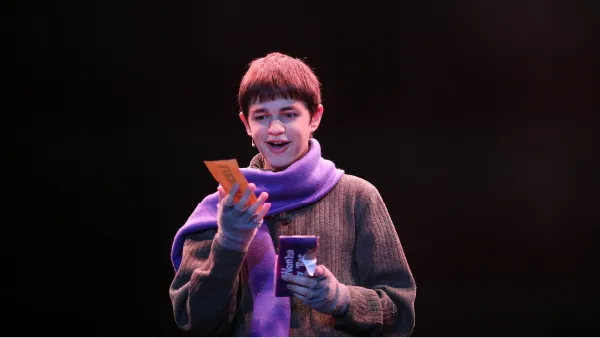
In 2019, the district had completed construction on the Central Kitsap Performing Arts Center—a state-of-the-art, 900-seat auditorium at Central Kitsap High School. But though the community had approved the facility as part of a 2016 bond, they still hadn’t seen the return on their investment. Thanks to the pandemic, the district hadn’t yet had the chance to show it off. Fortunately, these coinciding problems shared a potential solution. Why not rally the community around a districtwide production?
Don Fox, Central Kitsap’s director of performing arts operations and resources, first came across the idea of an all-district musical when he worked as the technical director of the local performing arts center in Wenatchee, Washington. “Every other year, the Wenatchee School District would let little kids and big kids all get together to do a much bigger show than they could do at their individual schools,” says Fox. “They really put some resources behind it and made it something special.”
So in 2022, Central Kitsap mounted their first districtwide summer musical: “Willy Wonka and the Chocolate Factory.” Roughly 100 students, from third graders to high schoolers, acted in the show, and even more helped behind the scenes. But just as crucial—if not more so—were the production’s adult volunteers. “The culture that I am working to build through our summer musicals is that your participation as a parent is essential to the success of the production,” says Fox. “There’s no way to do a show at this scale only with kids.” Students’ family members painted sets, helped with costumes, worked on hair and makeup, and even played in the orchestra alongside students as mentor instrumentalists.
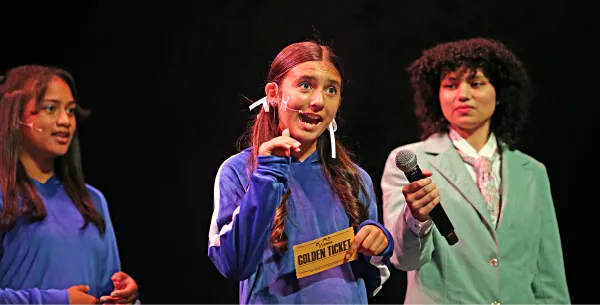
“Willy Wonka” was an incredible success. Financially, the district had hoped to break even on the show while keeping participation free for students; in the end, they actually turned a profit. But more importantly, the production gave families and community members something to rally around. “After ‘Willy Wonka,’ we had adults telling us, ‘This brought us together,’” says Prince. “We had people from all walks of life working together side by side. That shared experience was of great value.” So the show would go on—becoming an annual tradition.
For the following year’s musical, Central Kitsap upped the ante on community participation. “At the end of ‘Willy Wonka,’ one thing I heard all the time from parents and other adults in the community was, ‘This was so amazing—why can’t we have something like this for grownups?’” says Fox. “So we decided that in the odd years, we would open the cast up to all ages.” In the district’s 2023 production of “The Music Man,” the oldest cast member was 93.
To drive even more family involvement, Fox introduced a new stipulation for “The Music Man”: Every student younger than sixth grade was required to have a parent or guardian perform in the cast with them. And while many found it nerve-racking to get onstage, a lot of parents really got into it. “These parents that stepped the furthest out of their comfort zone to be on the stage with their kids were the most appreciative of the opportunity to share that time with their child,” says Fox. “They’re never going to forget that experience.”
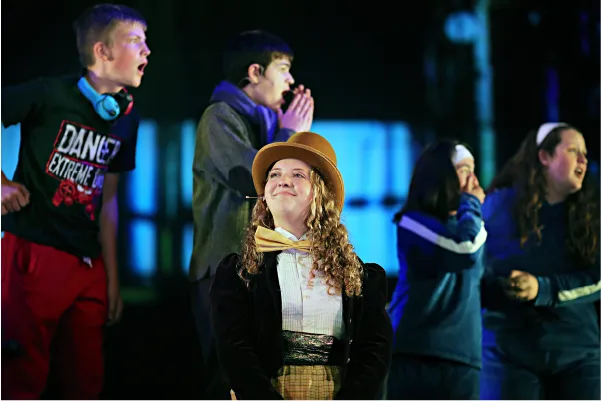
This summer, Central Kitsap is putting on “The Wizard of Oz,” and between students, family members and community members, Fox’s contact sheet has more than 450 names on it. That’s 450 people having an incredible experience with the school district, even in the summer months. It just goes to show: If you want to bring people into your schools, invite them to be part of something bigger than themselves—whether it’s a districtwide musical or another major project. It just might be your golden ticket to better community engagement.
Help people find community.
Not everyone in your area has a direct connection to your schools. Some of your community members may not have ever had an experience with your district at all—positive or negative. So perhaps, like many school leaders, you’re thinking about broadening your network of volunteers—not only to better support your staff, but also to generate more positive ties between your district and these otherwise uninvolved community members. But it’s not just about getting folks into your schools; it’s about making sure they have a great experience once they’re there.
Jefferson County Public Schools (JCPS) in Kentucky has leveled up their volunteering opportunities with a program known as Flash Dads. “It’s a group of men from the community who go to a different elementary school every month and surprise the students. They line the hallways and cheer for the kids, high-five them, and get them excited for school,” says Carolyn Callahan, chief of communications, marketing and community relations for JCPS.
Some Flash Dads participants are actual dads of JCPS students, but that’s not a requirement. “We know that so many of our students don’t have positive male role models in their lives, and a lot of students don’t start the day off with a smile. The first one they get is when they come to school,” Callahan says. “So Flash Dads don’t have to be dads. They just have to care about kids and want to help them start their day off positively.”
To get Flash Dads up and running, the district reached out to local fraternities, police departments, fire departments, the NAACP and more. Now, the volunteer group is hundreds strong. Many members have never missed a month and will even reorganize their entire schedules so that they can participate.
In addition to supporting kids, though, Flash Dads gives adults a way to build their own community in connection to the schools. “We rely on Flash Dads to spread the word about how much fun it is,” Callahan tells us. “If they’re a police officer, we rely on them to tell fellow officers. Or if they go to church, they might tell their church group.” In other words, the Flash Dads community is both growing and self-sustaining. But why does that matter? Why is it so crucial for volunteers to have a sense of camaraderie?
When it comes to building community amongst students, school districts are pros—but that same attention isn’t always paid to community members. Think of your last school event. How many parents sipped their punch while staring at their phones? How many community members headed straight out the door after the ceremony’s conclusion, with no interest in staying to chat? If you saw this scenario playing out in the classroom, you’d help your students make friends, likely by identifying a common interest or providing a common task. Adults aren’t so different.
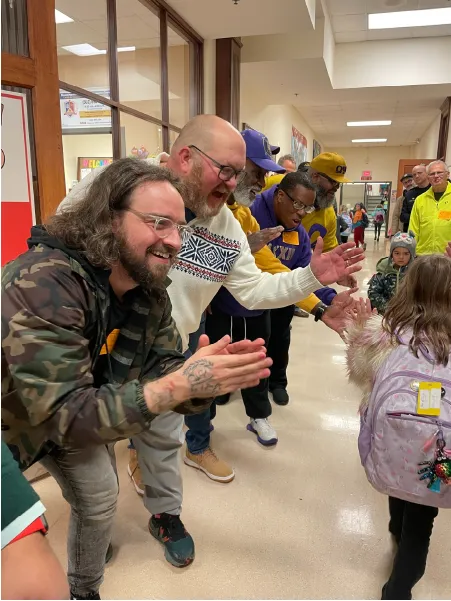
JCPS now has hundreds of men throughout their district who know one another as members of the Flash Dads community. These men see each other every month, help improve the daily lives of JCPS students, and have a great time doing it. So it wouldn’t be surprising if at the next district event, they recognized each other and stayed a little longer to chat. Over time, these volunteers will likely come to see themselves not only as Flash Dads, but as proud and committed members of the JCPS community.

